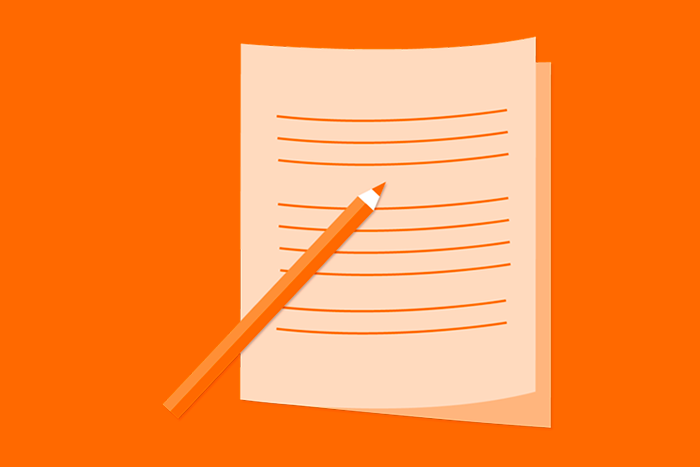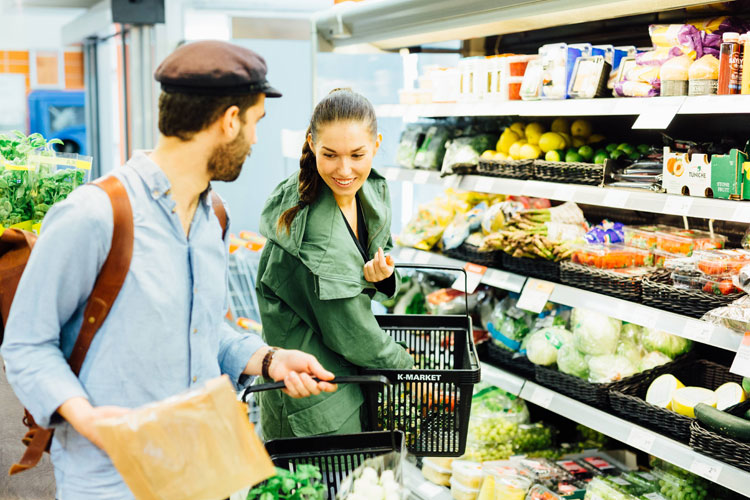

Viewpoints
Viewpoints is a blog in which different writers express their views and opinions on current topics. A new blog post is published about once every four weeks.
You can propose texts by e-mail to viestinta@kesko.fi. The maximum text length is 2,000 characters.
Helena Dahlbo, SYKE: Better recycling helps mitigate the problems with plastics
Oceans full of plastics, shoreline waste, microfibres from washing fleece garments. These are topics most of us will have come across recently. Plastics are pointed out as the main culprit, something to be urgently eliminated. But is it really the materials that are at fault? And what can we do? Promising solutions include cutting down on the use of plastics, replacing them with other materials, and increasing the recycling rate of plastics.

Plastics are widely used in societies like ours, and for good reason. They’re extremely versatile – lightweight, stretchable, rigid, tight, and even breathable if necessary. Because packaging accounts for the vast majority of plastics use, packaging also creates the largest plastic waste streams. Both bio-based and biodegradable materials have been developed to replace plastics in packaging, for example to reduce the accumulation of rubbish on land and waterways. So far, however, there isn’t enough knowledge of the overall impact of these alternative materials on the environment. Biodegradability is tested under conditions that are not found naturally, so these materials might not necessarily turn out to be good alternatives to plastics.
The problems caused by plastics are mainly due to the fact that we don’t control their use or material cycle. We all need to play our part in closing the plastic cycle. Collection of domestic plastic packaging began in Finland in 2017, and there is a demand for separately collected and sorted recycled raw materials. Nevertheless, there’s still much to be done when it comes to sorting, both by consumers and by organisers of plastic collections.
The range of plastic products is very broad, so the types of applications for recycled plastics are also highly varied. Research in this area is being carried out in many quarters, among them the CIRCWASTE project. All plastics may not be suitable for recycling due to substances that have been added to them in production, such as flame retardants or plasticisers. These create the desired properties in the plastic product, but in wrong applications they can even cause problems to human health. Since it is hard for consumers to know what different types of plastics contain, the processing of plastics waste is best left to professionals working in conditions where health hazards can be controlled.
There are still many questions about the management of plastic cycles that can only be answered by continued research and development. Product designers play a key role in developing methods of managing plastic flows. Products need to be designed to be durable, repairable and recyclable. Producers that are responsible for collection of packaging have to develop and expand their collection operations so that plastic packaging can be recovered and recycled more extensively than at present. Us consumers can make a difference through our individual choices: we can buy products with care and only as needed, and we can buy durable and reparable items instead of disposable ones.
Senior research scientist Helena Dahlbo
Finnish Environment Institute (SYKE)